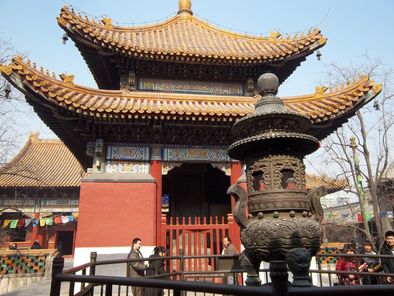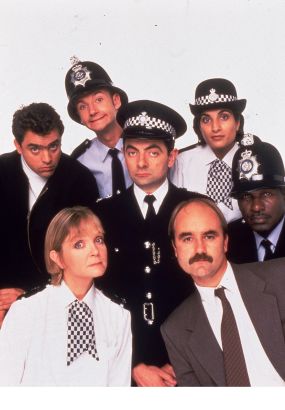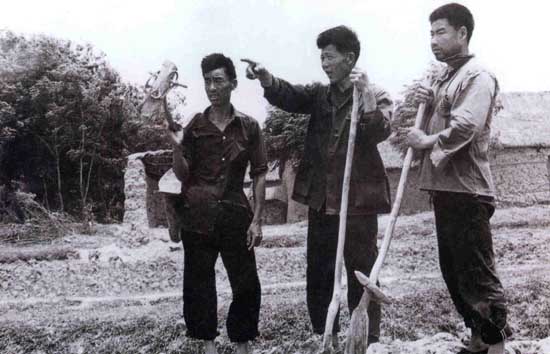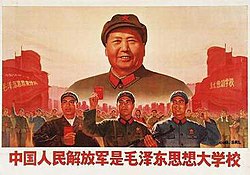I'm fighting a sleepy spell while writing this entry, and procrastination has a silent genius of its own. I planned to write an entry every night whilst in Taiwan, but laziness, sleepiness (I had time to myself only at night) and lack of any mood to write a recount of everyday culminated itself into this, one big lump of blogging homework, but I'm enjoying every typing moment of it!
Why do I say genius? Because I now have a very different opening than I would have if I'd started writing diligently from the first day of the trip. I'm thinking the other version would have gone something like this, 'Ah, Taiwan, my food haven and supplier of good quality CDs!' I think I prefer the opening I used.
Anyway, this was my second trip to Taiwan but this time, I toured Taipei exclusively, visiting some new places and revisiting some old favourites - I can't help but mention 'Danshui' here. This trip wasn't meant to be, but as fate would have it, the tickets were booked and I was in Taipei city before I could get my Mandarin vocabulary in working order - not that I had very little time to prepare.
I was watching a movie one night while Mom and Dad were busy searching for tickets to Taiwan. Dad had to go because he was bringing a team to compete in the GlobalTic Awards. In a stroke of genius my Dad thought bringing me along would be a great idea and Mom agreed enthusiastically. I had no idea of this until Dad asked me to check his passport number. On the screen, expecting to see only one name, I saw two, and it took a while to sink in, that I was going to Taiwan! Then, my Mom remembered something important - my violin exam. I would be coming back on the 25th, and two days later would be the exam day. Talk about great planning. I'm thankful we went ahead with the trip. My parents were cool about it, 'Ah, no problem', they said. This was an experience not to be missed. Mom couldn't go, due to some commitments, but I hope we can all go together the next time.
Since the event was scheduled to be held from 20th to 23rd August, we planned for two days of exploring and self-touring. So Sunday and Monday were days to ourselves.
Dad and I arrived in Taoyuan Airport on a Sunday afternoon. The flight was delayed by half an hour. Dad and I had some difficulty activating the roaming feature in our phone so he bought a local sim card. Outside, a busy Taipei awaited our stomachs and taste buds. It was summer and the heat was no relief, since we just flew in from a tropical country. The taxi driver we hired was quiet at first but after we spoke to him in Tai-yi, he opened up and even recommended some food streets near the hotel. See what a common a language can do?
We checked into our hotel/hostel and went down to the nearby night-market just at the end of our block. There were many food shops and another market on the same block as the hostel, many convenience stores, and even a metro station. Convenience at its best. Eager to start our food adventure, we went down to the crowded street at the end of the block.
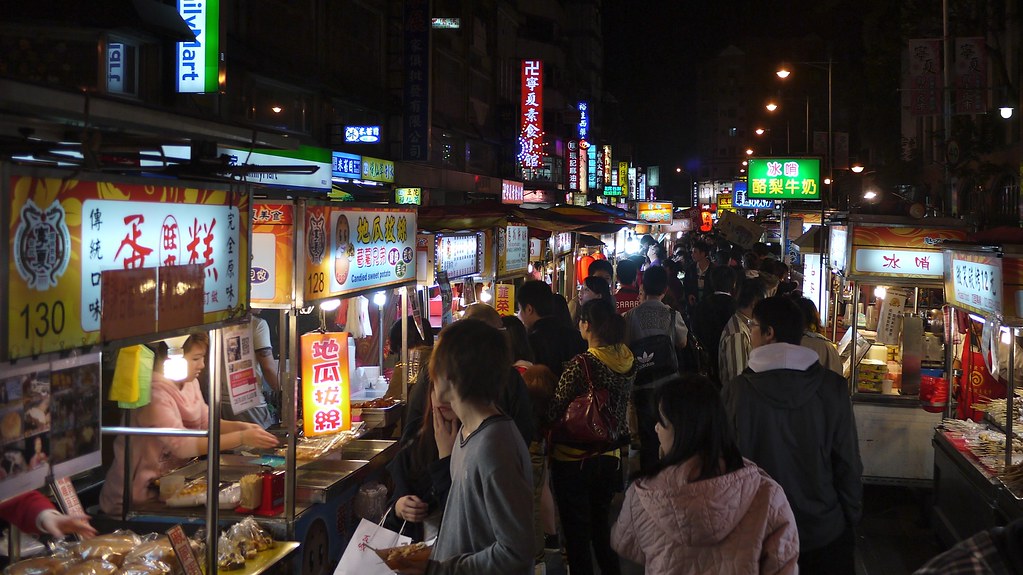 |
| Ningxia Night Market |
Ningxia Night Market, composing of one food street and one games street, is comparatively small to Shihlin nightmarket, but not lacking in good food. The first thing we tried was the stinky toufu - 'chou doufu' - a must-have when in Taiwan, and we washed it down with some 'aiyu' drink, which would soon become my favourite jelly drink from Taiwan. The drink is sour, plum-ish and lemony, the jelly itself is tasteless except for a hint of sour but is very smooth and fun to squish - a very refreshing drink on a humid summer's evening! After the appetiser, we had another Taiwanese favourite, the Taiwanese sausage ('xiang chang')! Glazed with honey, grilled to a shine, slathered with fresh blended garlic, and succulent from the generous chunks of fat in it, I was in a sausage-lover's paradise! We even got to see a hawker making the sausages. He pours the ground meat - his secret recipe, of course - and fits some tubing, I'm guessing made of pig's intestines, at the outlet. He turns a handle and the tubing gets filled with meaty goodness. He leaves some room to tie a knot at the end, and loosens up the contents.
Ok, enough with the sausage, the next items on the menu were braised (and the fried) large and small pig's intestines, curdled pig's blood with glutinous rice cake and duck's tongues. The selection was quite costly but worth every yuan. The large intestines were fatty and melt-in-your-mouth and so, so tasty; the small ones were more crispy; the blood cake, although slightly different from the type I have back home, which doesn't have glutinous, was very good; and the duck's tongue was fatty and tasty - though I didn't know the correct way of eating it, oh well. Some of you may be disgusted, while some of you may be watering in your mouths. Either way, I hardly have to tell you this, but my taste buds were thoroughly satisfied.
Ah, next was my Dad's favourite, 'lu rou fan', or braised pork (minced) rice. The pork was fragrant and the rice was the short, pearl type. Under the light, the oily rice had that beautiful glint you see in Chinese recipe books. Dad and I were too well-behaved we only shared one bowl.
It was clean for a night market, unlike the food streets back home, which are more wet and have litter everywhere. One way they keep their street clean is having a good sewage system. All the water from the sinks go down to the sewers through piping that is attached to a small manhole. Each stall is located near one and they can remove the piping and cover the holes after they close. There's a general civic conscious to keep the streets clean, but of course, you still get rubbish on the ground.
The twilight sky slowly turned to the starry night sky, but the city didn't seem to be slowing down. In fact, the night life was just getting started. By eleven Dad and I were full and quite - due to the heat and humidity. We shared a beer, which brought immediate relief to our throats and the heatiness. We were sticky all over but we're quite used to that feeling already. We headed back and called it a day.
(To be continued)
Cheers
zhusun


